Jeongnimsa Temple Site & Sabi-gil (정림사지와 사비길)
2025-08-18
83 Jeongnim-ro, Buyeo-eup, Buyeo-gun, Chungcheongnam-do
Jeongnimsa Temple Site, located in the city center of Baekje, the capital during the Sabi dynasty, is a representative Buddhist site of Baekje. Even after the fall of Baekje, the Five-story Stone Pagoda of Jeonnimsa Temple Site still stands tall today, revealing the historical significance of Baekje. Sabi-gil, an eco-friendly walking trail, takes visitors around many popular attractions from the Baekje era, allowing a glimpse into the history and culture of Baekje.
Osiria Coastal Walk (오시리아 해안산책로)
2025-08-18
Sirang-ri, Gijang-eup, Gijang-gun, Busan
Osiria Coastal Walk offers stunning panoramic views of the sea and plenty of resting stops along the way, making it a family-friendly path. The picturesque walking path, adorned with wildflowers, leads into a lush pine forest. The cool breeze of the sea, accompanied by the melodious sounds of waves and the shade of pine trees, makes it a perfect place to unwind. Along the way, there is a shrine dedicated to the Dragon King, which is believed to be guarding the East Sea of Busan.
Haewol Observatory (해월전망대)
2025-08-06
Jung-dong, Haeundae-gu, Busan
Located in Haeundae-gu, Busan, Haewol Observatory offers stunning views of the East Sea and Haeundae Beach, especially at sunrise and sunset, attracting many visitors. Opened on July 27, 2024, the observatory stands 22 meters above sea level and extends 134 meters towards the ocean. It features a crescent-shaped tower and a circular plaza overlooking the ocean. Its proximity to Haeundae Beach makes it easily accessible.
Dongnidan-gil Cafe Street (동리단길 카페거리)
2025-08-06
Dongmyeong-dong, Dong-gu, Gwangju
Dongridan-gil Cafe Street, once an affluent neighborhood filled with opulent homes and traditional hanok houses, is now a popular attraction in Gwangju. The street is lined with various cafes, each boasting its own unique menu and interior, perfect for those seeking unique menus and picture-worthy spots. Surrounding the Cafe Street, there are many parks, wall murals, and art installations, making it an ideal place for a leisurely stroll or a relaxing break.
Gwangju Park (광주공원)
2025-08-06
15 Jungang-ro 107beon-gil, Nam-gu, Gwangju
Gwangju Park, an urban Park in Gwangju, is a popular recreational spot among residents. Home to a memorial tower honoring the victims of the April 19 Revolution, Gwangju Municipal Museum, and a citizens’ hall, the park is a space where traditions and modernity coexist. Filled with trees and flower plants, it boasts beautiful scenery, especially in April, when cherry blossoms adorn the park. Nearby attractions include Gwangju Sajik Park, Asia Culture Center, and Gwangju Yangdong Market, with a stream flowing in front of the park.
Gwangju Wongaksa Temple (원각사(광주))
2025-08-06
197 Jungang-ro, Dong-gu, Gwangju
Gwangju Wongaksa Temple, a branch temple of Suncheon Seonggwangsa Temple, is part of the Jogye order of Korean Buddhism in Gwangju. Bustling with visitors, the temple offers various events, cultural activities, and Buddhist ceremonies for visitors.
Ppangcheon-dong (빵천동)
2025-08-05
Namcheon-dong, Suyeong-gu, Busan
Located in Namcheon-dong and originally known for its cherry blossom street, the neighborhood has gained a new nickname, “Ppangcheon-dong”, as local bakeries have begun attracting visitors specifically for their bread. The alley is lined with both long-standing local favorites and trendy, unique bakeries, making it a perfect place to savor the aroma while taking a leisurely stroll and trying different kinds of breads. Its proximity to Gwangalli Beach, one of the most popular attractions of Busan, makes it an ideal destination to visit together.
Mangmidangil Street (망미단길)
2025-11-17
Suyeong-dong, Suyeong-gu, Busan
Mangmidangil Street referst to the main street that connects the cultural alleys in Suyeong-gu, Busan. The area is home to a variety of cozy cafes, photo studios, book stores, indie stores, workshop spaces, and clothing stores, attracting many visitors. Nearby attractions include B-Con Ground, a cultural complex featuring various facilities, and Suyeong Sajeok Park, an ideal spot to unwind and explore local history.
Yackseokwon (약석원)
2025-10-23
56-53, Jungang-ro 787beon-gil, Yangdo-myeon, Ganghwa-gun, Incheon
Ganghwa Sajabalssuk, a type of mugwort native to Ganghwado Island, is known for its rich aroma and high vitamin A content. Yackseokwon offers immunity-strengthening programs using this special herb believed to help prevent chronic illnesses. “Raise Your Body Temperature by 1°C Project” is a signature course, which involves yoni steaming (mugwort steam sitting bath) and thermal moxibustion to gradually warm the body. Just an increase of 1 degree in body temperature is said to boost immune function, increase basal metabolism, and improve blood circulation. The program is offered by reservation only and accommodates up to 25 people per session. The 100-minute experience begins with 40 minutes of yoni steaming, followed by 30 minutes of abdominal heat therapy and 30 minutes of lower back heat therapy. Participants are also served a rich herbal tea brewed with Ganghwa Sajabalssuk.
Street of Duck Stew (오리요리의 거리)
2025-08-06
125 Gyeongyang-ro, Buk-gu, Gwangju
The Street of Duck Stew in Gwangju is lined with restaurants specializing in duck dishes. Its origins trace back to the 1970s, when a duck farmer began selling duck stew, adding their own twist by incorporating water parsley and perilla seeds to the recipe they had learned. The affordable price and clean, rich taste of stew made it popular among visitors, eventually leading to the formation of the current street. The popular dishes include ori tang (duck stew), ori roseu (grilled duck), and ori jumulleok (spicy stir-fried marinated duck).
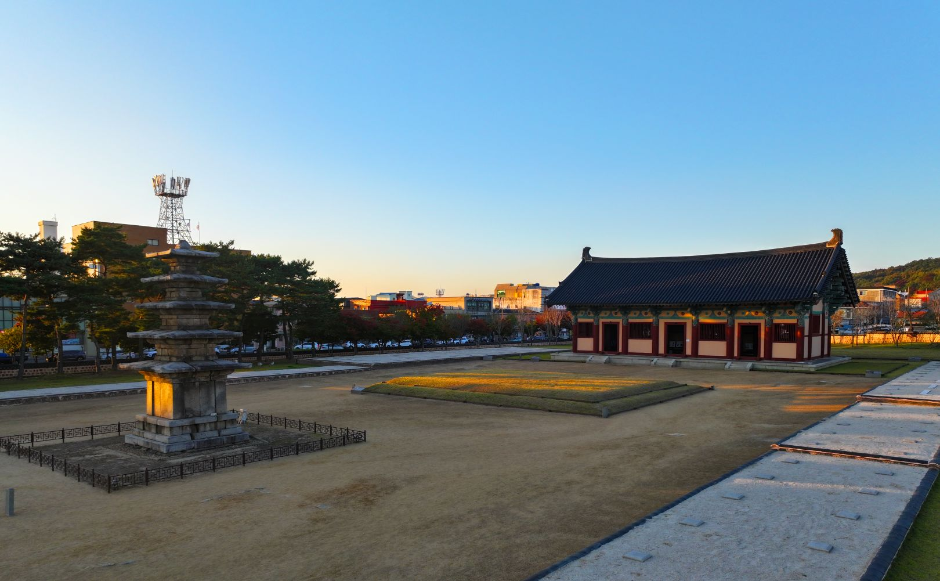
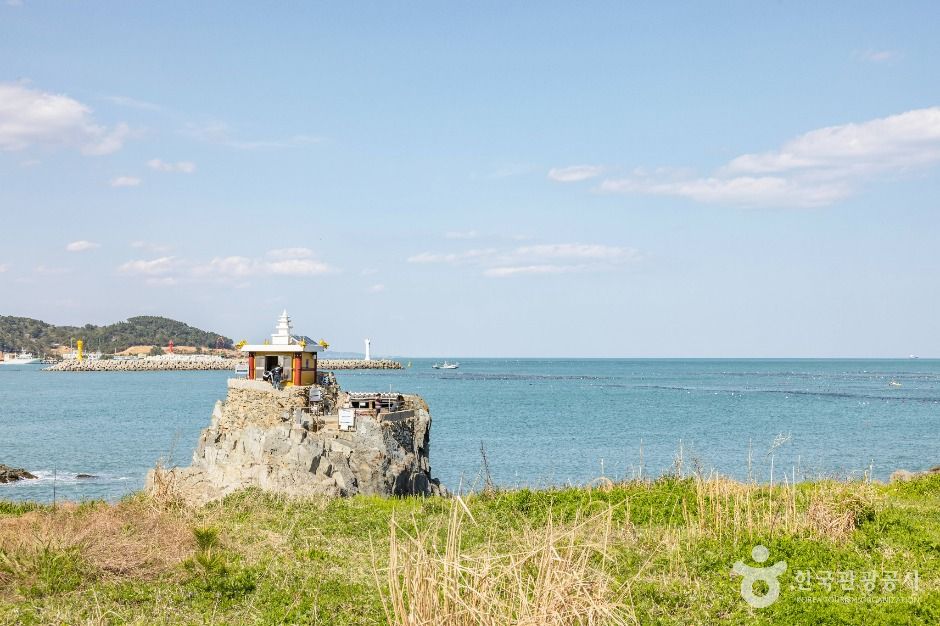
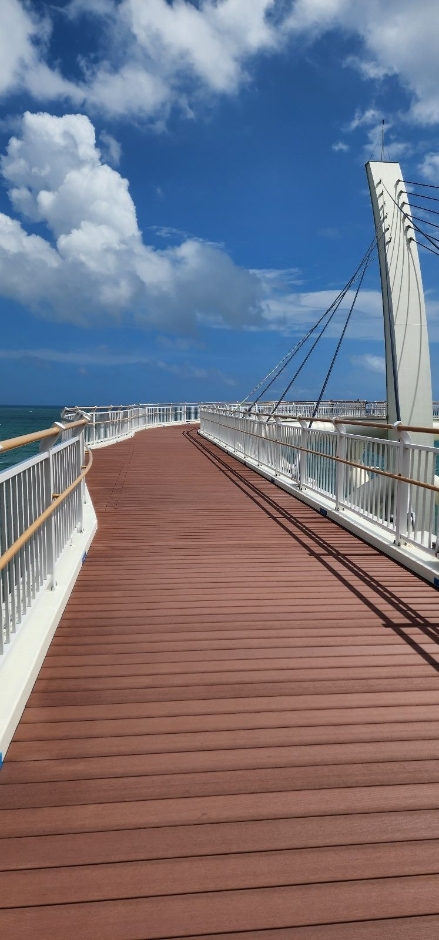
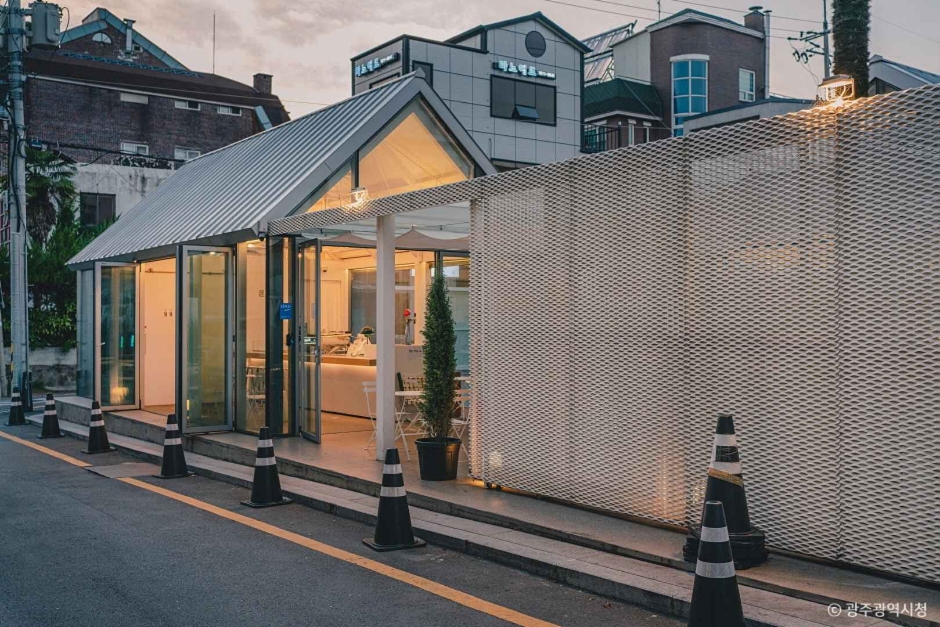
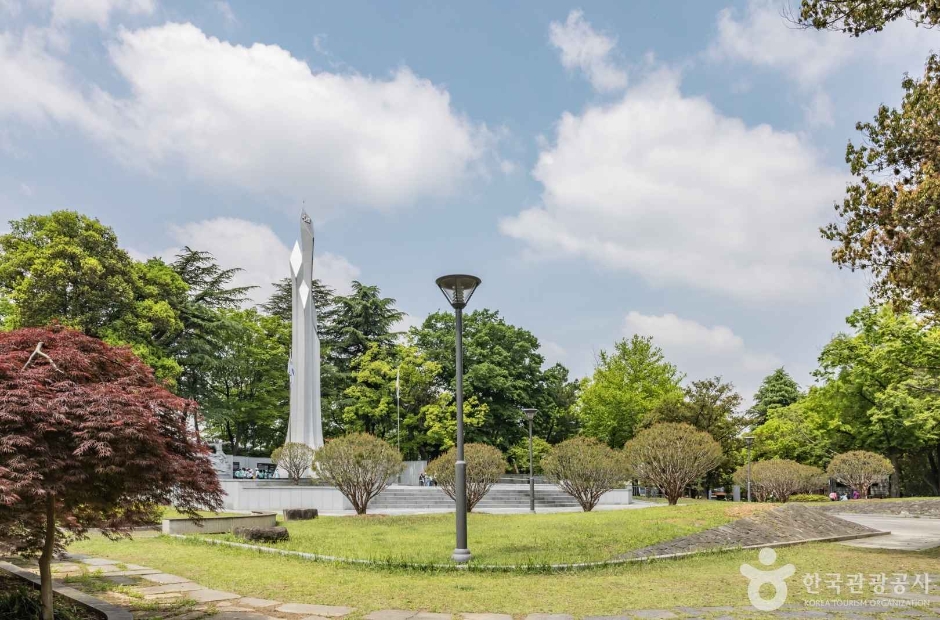
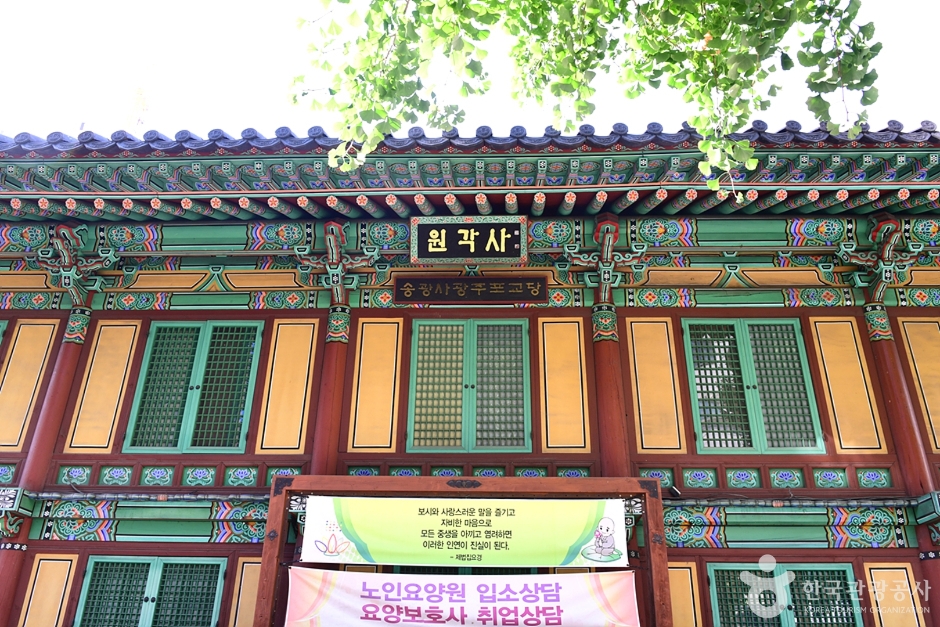

 English
English
 한국어
한국어 日本語
日本語 中文(简体)
中文(简体) Deutsch
Deutsch Français
Français Español
Español Русский
Русский